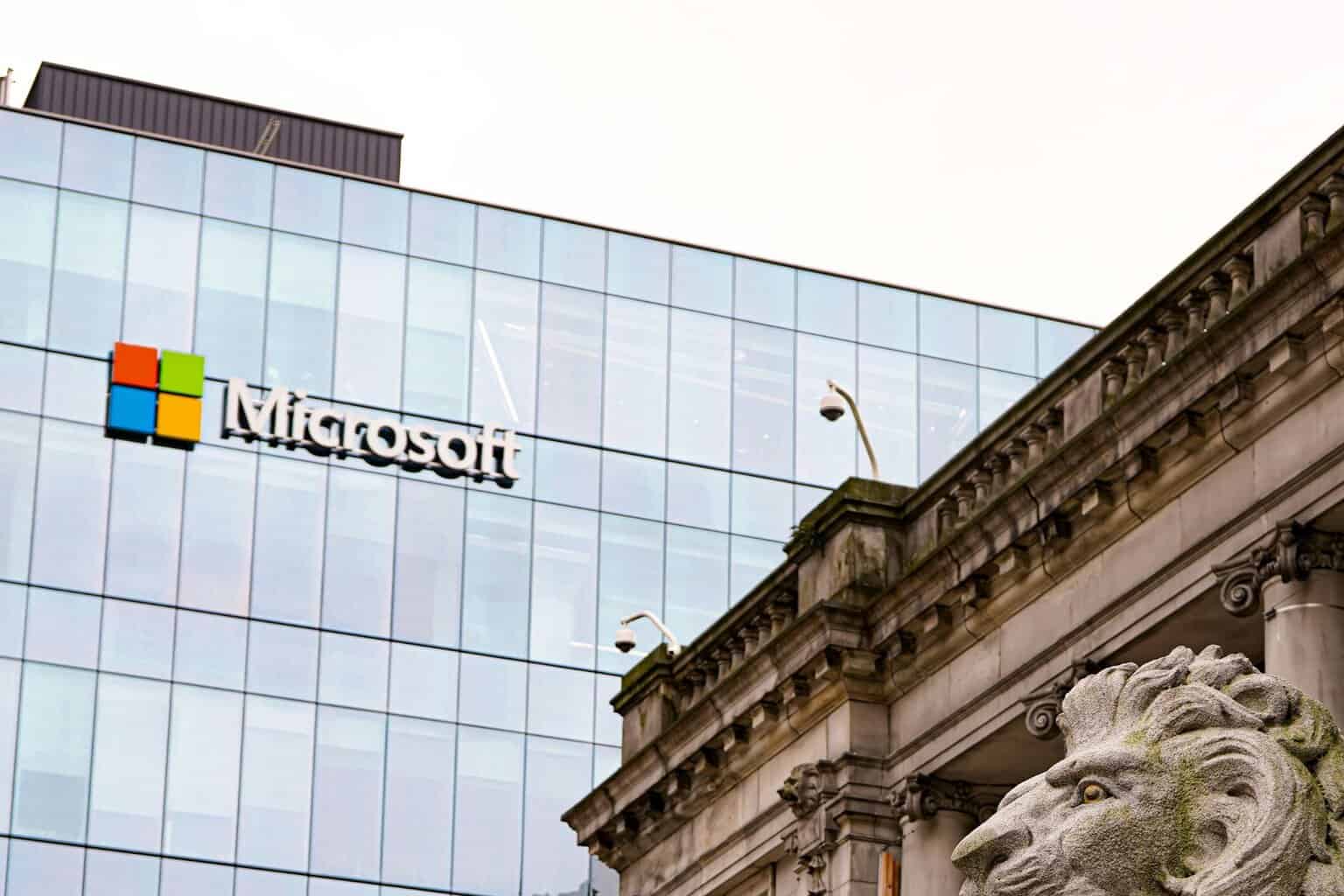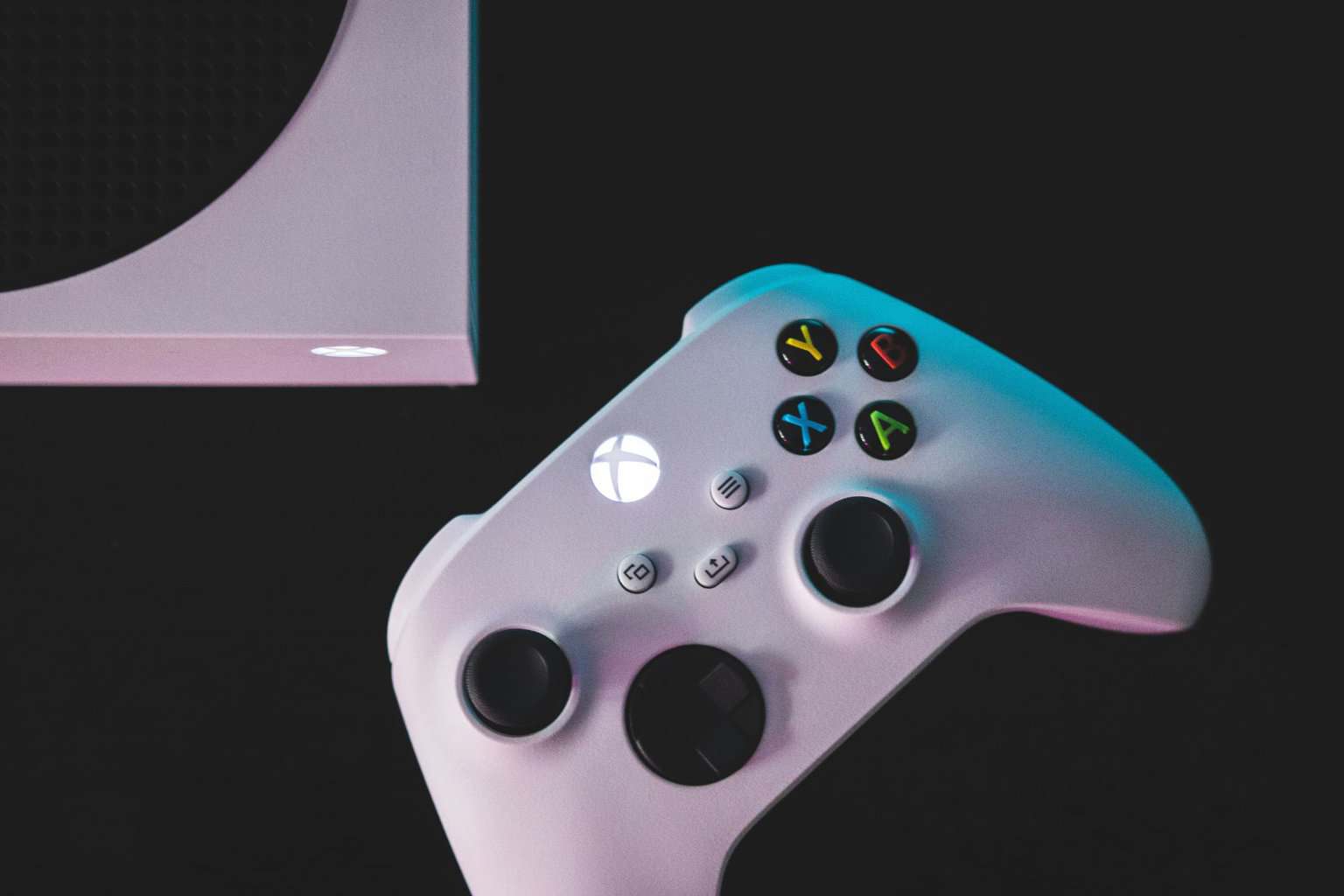Microsoft Edge tests Prerendering Efficiency Mode for balancing Performance and Battery Life
Edge Efficiency Mode to get a Prerendering overhaul
2 min. read
Published on
Read our disclosure page to find out how can you help Windows Report sustain the editorial team. Read more

Recently, we reported Microsoft Edge could use Windows 11 energy saver for improved battery life. Microsoft is now experimenting with balanced and aggressive prerendering options for Efficiency mode to reflet respective performance and battery savings.
Microsoft Edge’s Efficiency Mode is already a popular feature for extending battery life and improving performance. By reducing background tab activity and putting inactive tabs to sleep, it successfully manages resource consumption. Now, Microsoft is taking this a step further with the introduction of prerendering optimization.
Prerendering is a technique where a browser loads the content of a potential future page in the background, ready to be displayed instantly when the user clicks on a link. This can significantly improve website loading times and user experience.
Windows Report had spotted three references to Microsoft efficiency mode optimization plans.
The “msPrerenderEfficiencyMode” reference indicates that Microsoft is experimenting with different levels of prerendering within Efficiency Mode. This suggests a measured approach to maximizing performance while minimizing power consumption.
“msPrerenderEfficiencyModeBalanced”:This mode likely strikes a balance between aggressive prerendering for performance and power efficiency.
“msPrerenderEfficiencyModeAggressive”: This mode could prioritize performance by enabling more aggressive prerendering, potentially at the cost of higher power consumption.
Microsoft’s Efficiency Mode in Edge optimizes browser performance while prioritizing user experience and device health. By introducing these new modes, Microsoft aims to:
Extend battery life: Reduce power consumption by carefully managing background processes and prerendering activities.
Improve browsing speed: Improve page load times and overall responsiveness without compromising efficiency.
Optimize resource usage: Effectively allocate system resources to ensure smooth performance, even on less powerful devices.
User control: Provide customizable options to balance performance and battery life based on individual needs.
Besides this, Microsoft Edge has gained improved SVG support, Workspaces on Android and requires devices with SSE3 instruction set to work.








User forum
0 messages